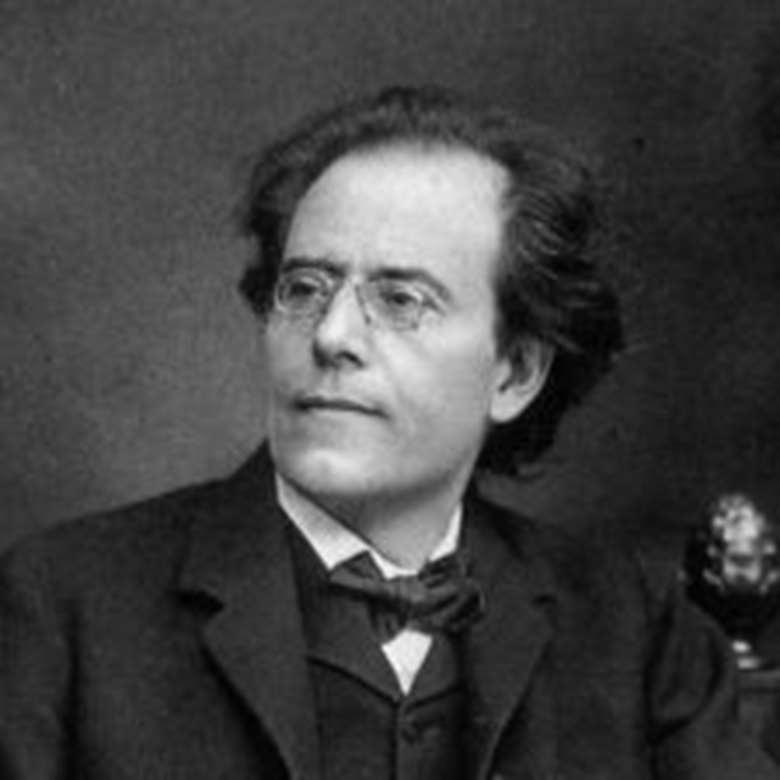Mahler's Symphony No 7, by Valery Gergiev
Gramophone
Thursday, January 1, 2015

Conducting Mahler’s Symphony No 7 was for me the scariest project of all. Listening to historical recordings of this piece 20 or even 30 years ago did not inspire me to think I wanted to conduct it. Listening to symphonies such as No 1 or No 5 as a student, it’s far easier to understand the link with previous symphonic experience. Both No 7 and No 8 are especially scary for anyone who wants to record them as part of a lasting legacy. This symphony doesn’t need rescuing as such, but it does not defend itself easily in the manner, say, of Symphony No 5 or Symphony No 2. They are shaped very well. They are organic and simply work, with ecstatic endings following a great build-up.
The Seventh I conducted first with the Rotterdam orchestra and then with the Mariinsky orchestra. I felt far from 100 per cent clear and far from 100 per cent prepared – not because I hadn’t attempted to prepare myself but because the piece is so enigmatic. It has a strange, unusual shape, which is the key to it. You have to work very hard at shaping it. This is not really about tempi – it’s more about working with light and shadow and different levels of power. It is essential not to tire your public too early. You start to feel exhausted yourself and worry about the orchestra too. The first movement is so immense you really need to know what to do with the second movement. It’s not just about tempo, I repeat – it’s about maintaining a sense of direction, line and proportion. Intuition plays an essential role. If it was just a question of technique, there would have been hundreds of successful interpretations of this music. If there isNachtmusik, my view is that there must also be counterbalance, with a lot of sun and daylight and straightforward energy. Some should sound jubilant, but the balance is between different images that are peculiar to this symphony. I started to believe in it only after the live recording with the LSO. Having decided, together with the musicians and the management, that we were going to perform this entire cycle across one season, I was not allowed to think any work was not as good as the others. So I spent the maximum amount of time on this one, trying to make it work, focusing efforts on individual elements within the symphony. It just had to sound right.
I have to shape some vast pieces, in the opera house especially, and I have learnt the importance of shape. As a rule, you certainly don’t expect to record No 7 more than once. The symphony is full of repetitions, especially in the Rondo-Finale, and it’s crucial to decide how aggressive and bombastic you make that movement. Sometimes you have a sombre face, sometimes you have a smile. I took certain risks and urged the musicians to think again about the character of each movement, especially that last one. We know sometimes one composer can change dramatically from one composition to another. It is more tricky when a single composition has these divisions within it – for instance, Siegfried was composed at different times and the two Nachtmusik episodes in this piece were written a year before the rest of the symphony – but for me that was not an obstacle. For me the terrible thought was that we might play, say, the first five or eight minutes of the final movement and I would find myself thinking, 'it’s over, it didn’t work again'. That’s a very fearful thought, because a conductor has to be his own fiercest critic. You have to feel it’s moving, becoming more and more focused on one goal, namely the end of the piece. You must feel a natural sense, like climbing Everest, and you mustn’t break the natural line. In that finale, you have to be seriously focused on a dangerously slow tempo, with all those solos for unusual instruments. The temptation is always to exaggerate.
I have been conducting for 30 years and, even so, in this music I have to call upon all my resources and all my experience. This sort of orchestral challenge can destroy anyone. In symphonies Nos 7 and 8 I was charged with extra excitement, but also extra fear, like walking on a high wire. One wrong movement and you go down. I dread this symphony. If any conductor says No 7 is a rather dangerous composition, I will just say 'yes, yes, yes!'
Interview by Michael McManus (Gramophone, March 2010)
Explore Mahler's symphonies with the leading Mahler conductors:
Symphony No 1, by Charles Mackerras
Symphony No 3, by Lorin Maazel
Symphony No 4, by David Zinman
Symphony No 5, by Simon Rattle
Symphony No 6, by Christoph Eschenbach
Symphony No 7, by Valery Gergiev
Symphony No 8, by Michael Tilson Thomas
Symphony No 9, by Esa-Pekka Salonen







